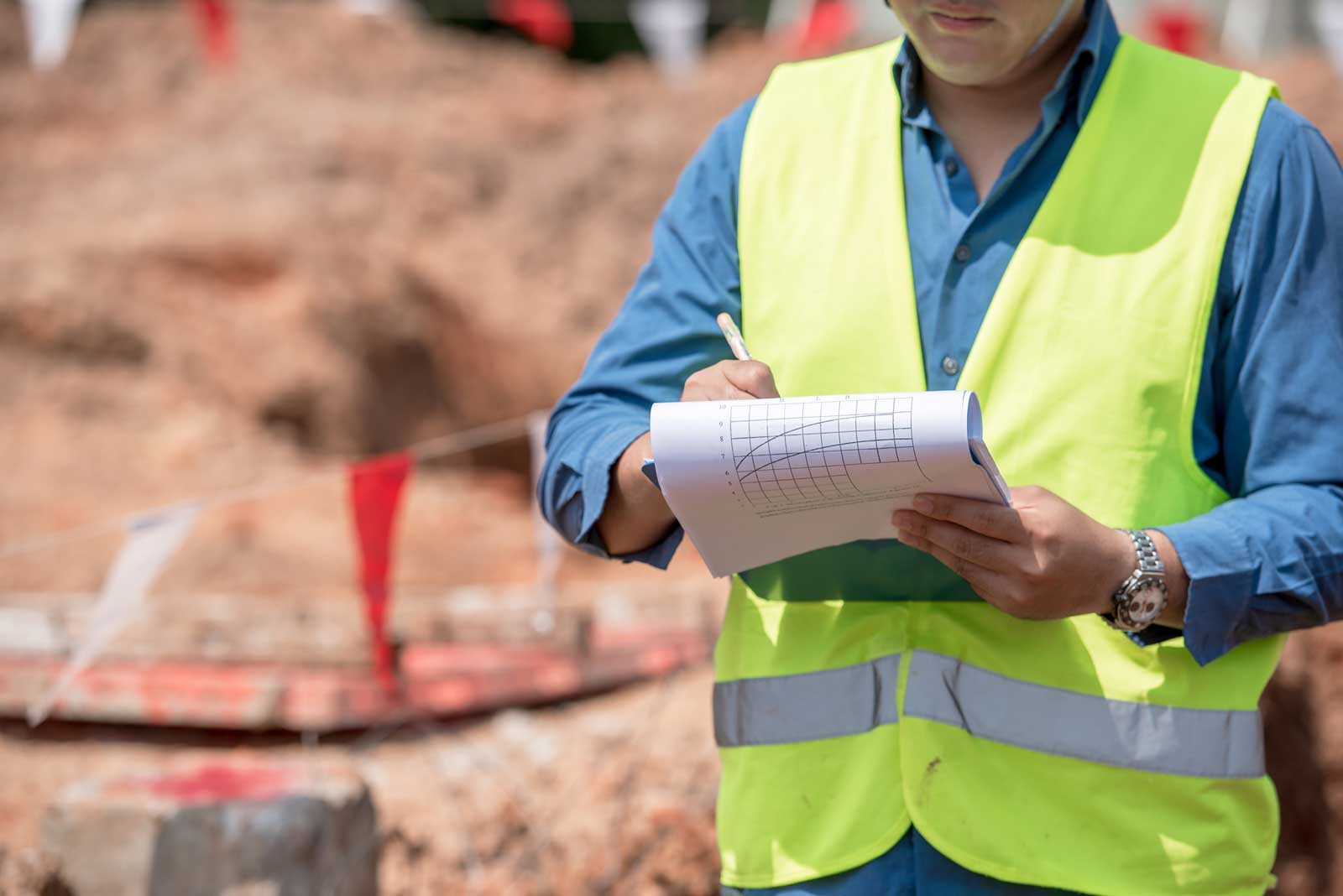Building Safety Act 2022 (Act) - how will it impact residents, builders, developers and manufacturers?

After a lengthy period of debate, the Building Safety Bill received Royal Assent on 28 April 2022.
The main provisions are not likely to come into effect for up to eighteen months, according to the Government's transition timeline attached here.
The Act has been designed to give residents more power to hold builders and developers to account and provide tougher sanctions where building safety standards drop. It also brings into the arena manufacturers of construction materials and holds architects to account professionally.
There are a number of competing interests in relation to building safety failure, between developers, freeholders and leaseholders, and the Act addresses those interests. It is no surprise to see that it is the developers who come off worst in the new legislation. Essentially, they are now legitimate targets for claims around building defects both past, present and future.
Coming into force two months after 28 April 2022 (so, 28 June 2022) will be the retrospective increase of the limitation period for bringing claims under the Defective Premises Act 1972 (DPA), from 6 to 30 years. If the Government's projected timeline for the transitional provisions is correct, developers are looking at potential claims arising from developments completed from 28 June 1992 onwards. Not only is the limitation date extended significantly, but the extent of the type of works which will be subject to a duty under the DPA has also been broadened. These now include refurbishment and other work to an existing dwelling (even to non-residential parts of a building)
The Government has provided fact sheets to accompany the Act. The one entitled "Redress" looks at the claims which can be made. It will be a question of fact as to whether a property is "fit for habitation": "capable of occupation for a reasonable time without risk to the health or safety of the occupants and without undue inconvenience or discomfort to the occupants". This is the necessary test for a claim under the DPA. The guidance goes onto state that "A dwelling can be unfit for habitation even if the defect which has made it so is not evident at the time of completion.". Quite what this means for a developer that followed the Building Regulations in force at the material time, which are being judged by different standards at the time of the claim, we will have to wait and see, but first impressions are that this will make no difference to its liability.
An additional feature of this Act is the ability to fix liability to "Associated Persons". This means that where, for example, a company A is associated with another company B, and company A was the original developer but has since been dissolved, company B can be fixed with liability for the DPA claims around fitness for habitation arising out of company A's work. A Building Liability Order will need to be applied for from the court in order to fix that liability, but, as long as the statutory criteria to establish company B as the Associated Person, is made out, the game of pass the liability parcel proceeds. This is a huge departure from the concept of not looking behind the "corporate veil", which has been in place for 200 years.
Building owners will have to take some responsibility for addressing the condition of the buildings. Building owners who can afford to take measures to address the historical defects are obliged to do so at their own cost, rather than looking to place the responsibility for funding on the shoulders of the leaseholders. Leaseholders living in buildings of 11 metres and higher will not be responsible for payments towards cladding remediation works or rectification of historical safety issues. Building owners' redress is against the developer.
In circumstances where the building owner is financially incapable of bringing a claim (and there is a statutory formula to establish this capability), leaseholders will be able to advance these claims. At first reading, there is the question of whether an individual leaseholder would have the financial wherewithal to bring such a claim against developers with deeper pockets. Conceivably though, that part of the legal sector which offers no win no fee arrangements for housing disrepair claims against residential landlords, may be interested in extending that offer to claims under the DPA.
Against the backdrop of limitation for defective buildings from June 1992 kicking in at the end of June 2022, it would be prudent right now for developers to review their historical portfolio of builds and dust down any documents about such builds including the Building Regulations sign off. Once done it would also be wise to review their current insurance products.
Whilst we cannot predict the future, the Act has set in place the tools for freeholders and leaseholders to seek redress from the developers. We are already seeing claims being intimated under the provisions of the Act as described above. It is just a matter of time before the first claim is issued.
To find out more about how our construction team can help you, please contact Lucilla Waugh on 0191 211 7984 or e-mail [email protected].
